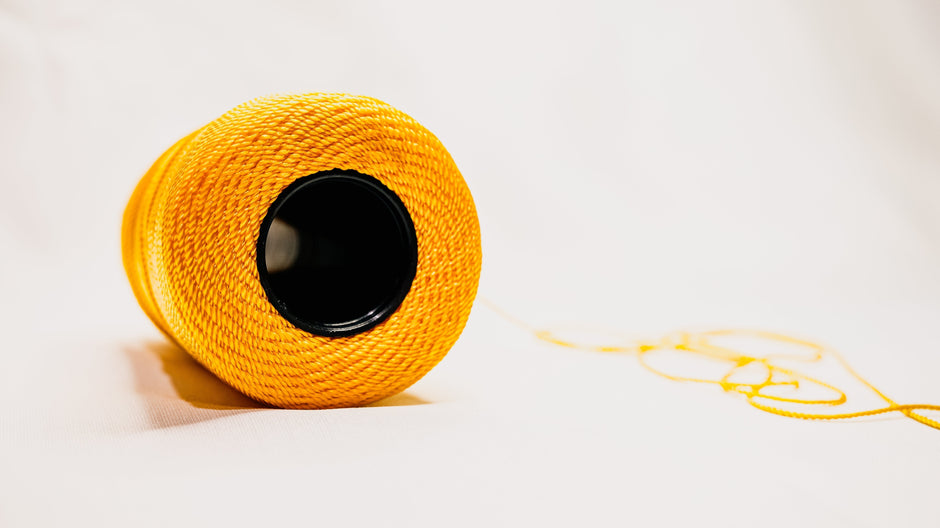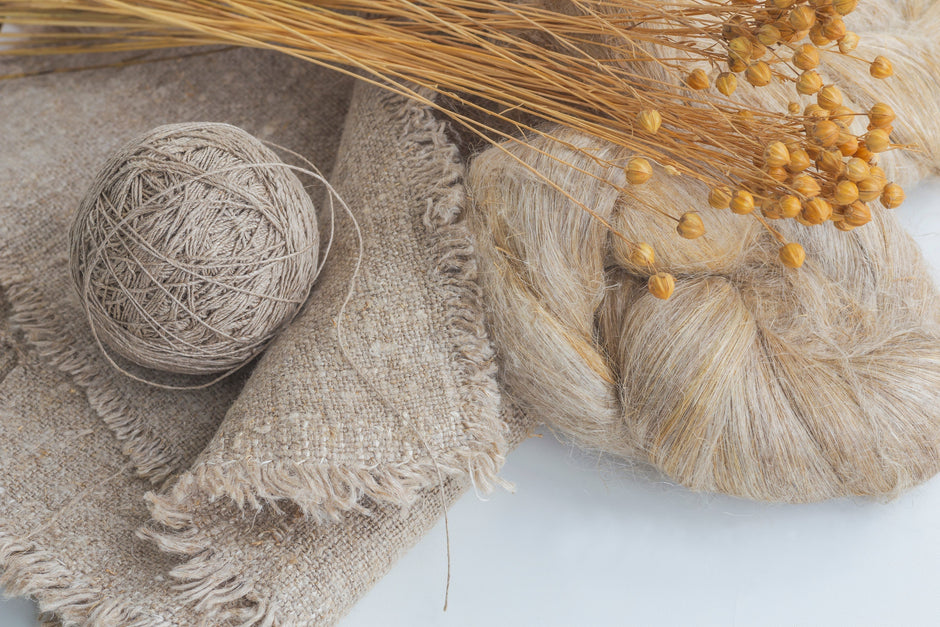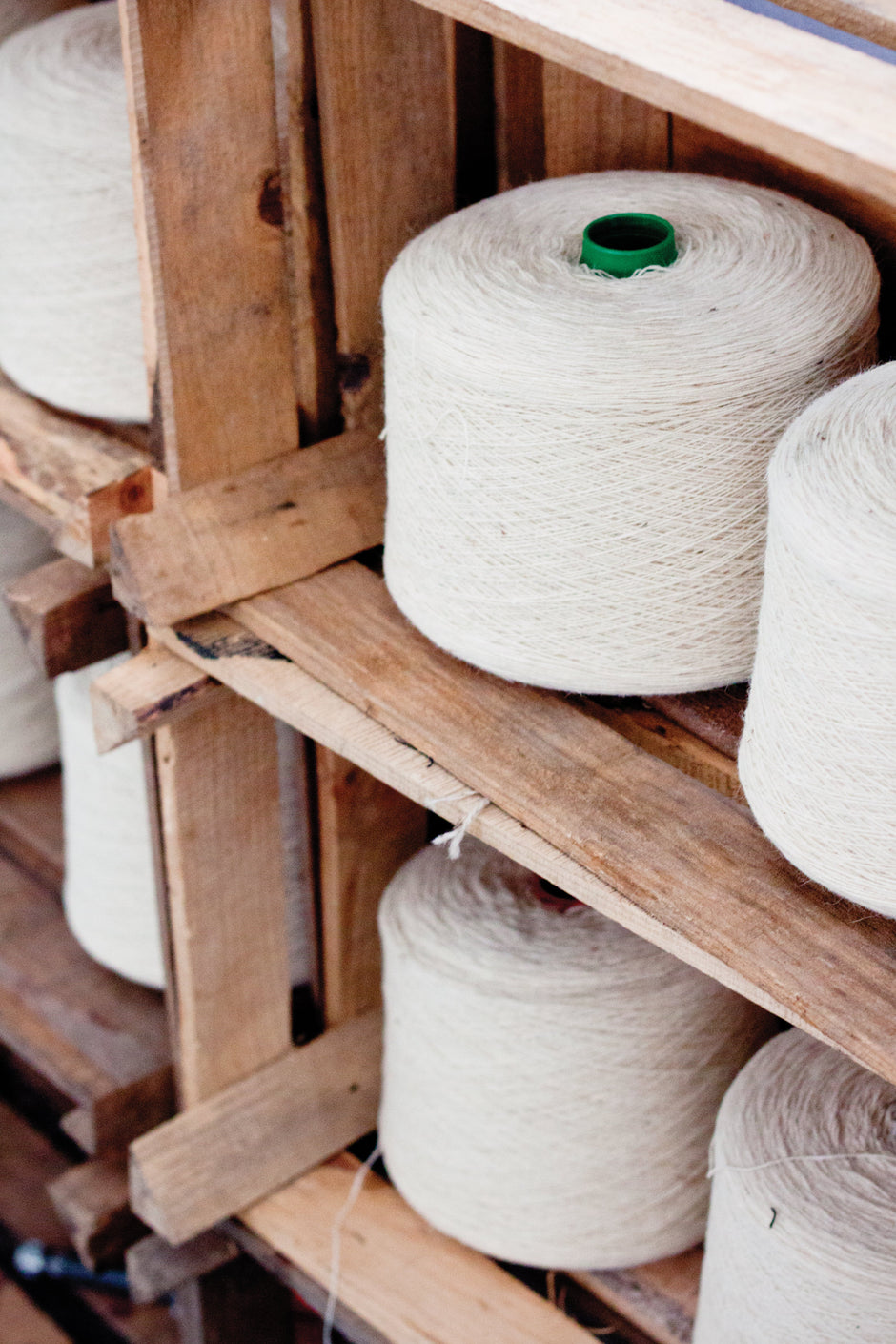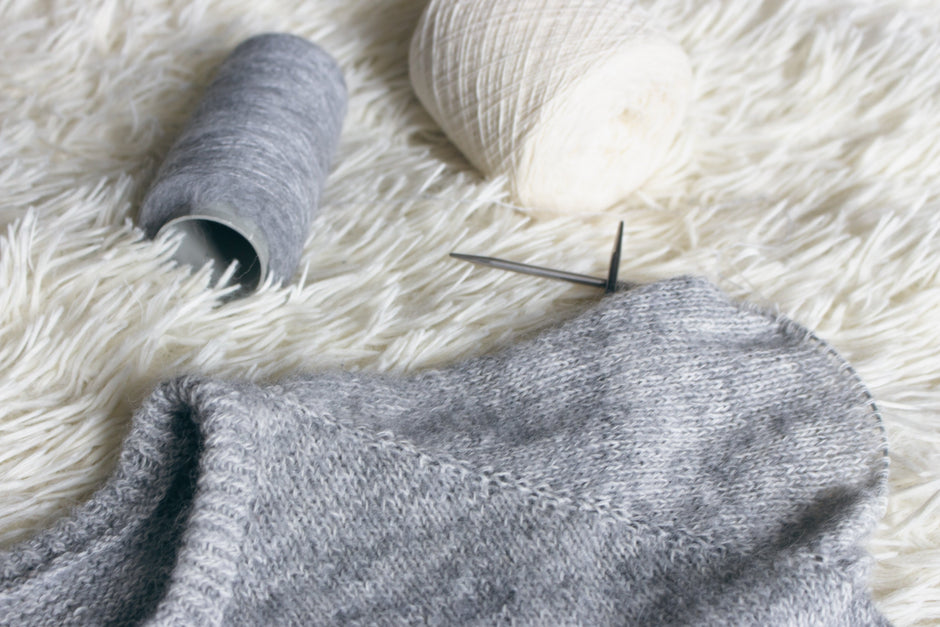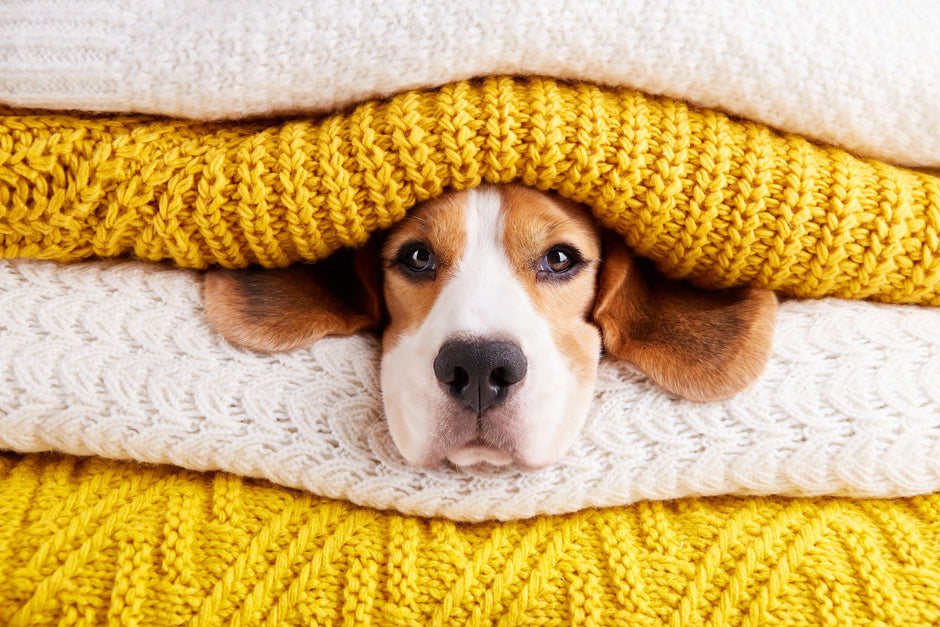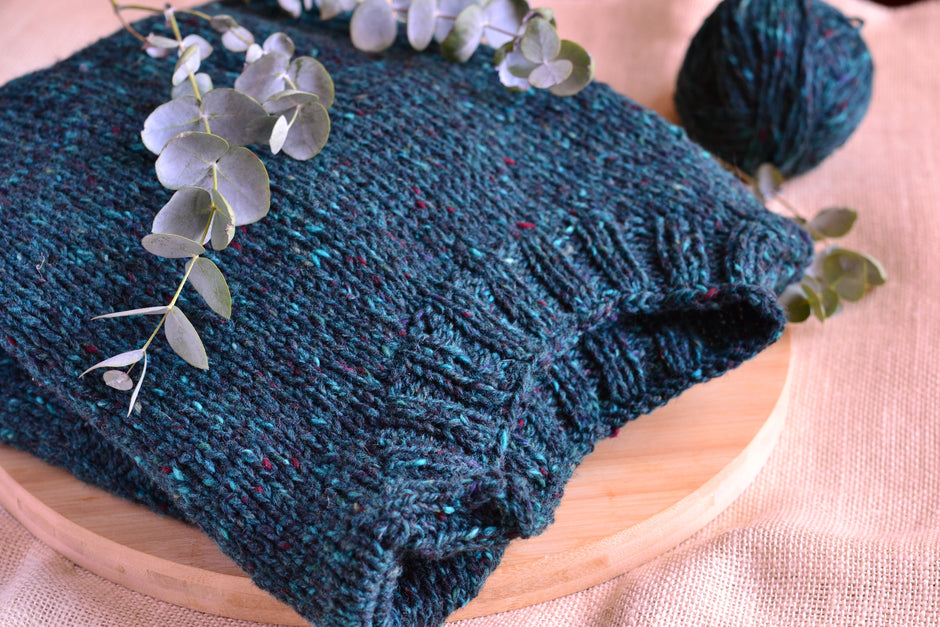Cashmere – the ultimate luxury yarn

Cashmere is one of the most beloved materials in premium clothing. Luxurious cashmere creates costly pieces that offer exceptional comfort and elegance.
What is cashmere?
Cashmere is an elite wool derived from the undercoat of cashmere goats, native to China, Mongolia, India, and Nepal.
It is six times warmer than regular wool while remaining lightweight and incredibly soft.
Types of cashmere yarn
Cashmere comes in carded and combed varieties.
-
Carded cashmere – airy and fluffy, perfect for soft and cozy garments with a delicate fuzz.
-
Combed cashmere is denser and smoother, offering a sleek and refined look.
How do you differentiate carded and combed cashmere?
-
Texture: Carded cashmere is fluffier and slightly loose, while combed cashmere feels smoother and silkier.
-
Appearance: Carded cashmere has a light fuzz, whereas combed cashmere has a more even and shiny surface.
-
Durability: Combed cashmere resists pilling better and maintains its look longer, while carded cashmere may develop pills more quickly.
-
Yarn thickness: Combed cashmere is typically finer, starting at 1400m/100g (e.g., 2/28, 2/48, 2/60). Carded cashmere begins at 1200m/100g, making it naturally fluffier and more voluminous.

Why choose cashmere yarn?
-
Unmatched softness – One of the softest natural fibers, perfect even for sensitive skin.
-
Lightweight warmth – Keeps you warm in the cold without feeling heavy.
-
Long-lasting – With proper care, cashmere garments can last for decades.
-
Luxurious texture – Looks refined, elegant, and expensive.
-
Eco-Friendly – 100% natural, biodegradable, and safe for the environment.
How is cashmere different from Merino?
-
Softness: Cashmere is even softer than Merino, with fibers ranging from 14 to 19 microns.
-
Warmth: Cashmere is significantly warmer than Merino for the same garment weight.
-
Price: Due to the complex production process, cashmere is much more expensive.
-
Care: Cashmere is delicate and requires gentle hand-washing.
What to knit with cashmere?
-
Scarves, cowls, and shawls – ultra-soft and airy.
-
Sweaters and cardigans – warm without added bulk.
-
Baby clothing – hypoallergenic and ideal for delicate skin.
-
Accessories – mittens, gloves, and hats.

Special considerations when knitting with cashmere
-
Cashmere doesn’t hold ribbing well – ribbed sections may stretch over time.
-
Pilling is normal, especially within the first six months. Avoid pulling the hair off; instead, use a fabric shaver or cashmere brush.
-
Swatching is essential – Knit a swatch at least 15×15 cm, wash it, and dry it at least three times as you would for the finished piece. This helps predict stretching, density changes, and final texture.
-
Yarn Blending – Cashmere can be knitted with multiple strands, mixing colors and textures for a unique effect.
How to care for cashmere?
-
Hand wash only in cool water (30°C) with a mild detergent.
-
Do not rub or wring – gently press out excess water.
-
Lay flat to dry on a horizontal surface.
-
Protect from moths – store in cotton bags with cedar or lavender sachets.
Why choose cashmere?
If you're looking for a premium yarn with unmatched softness and elegance, cashmere is the ultimate choice. It’s perfect for creating the coziest and most luxurious garments.
Go to shop



